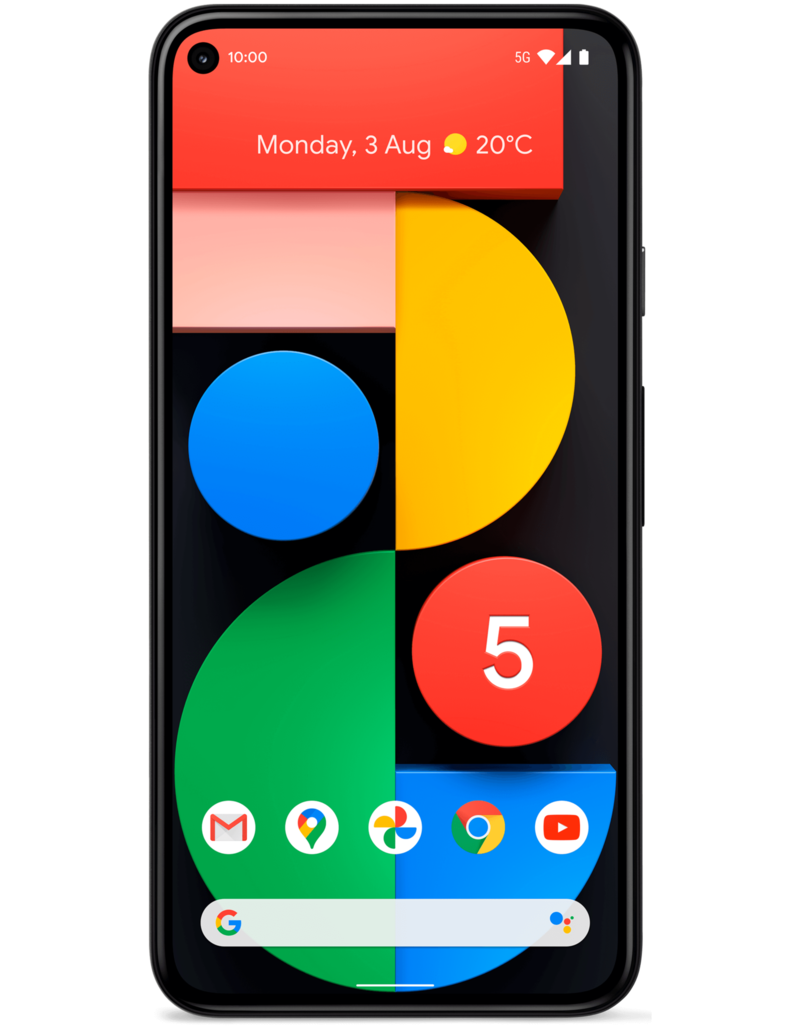Here's why there's no Google Pixel 5 XL this year

The Pixel 5 is now official, and Google is offering a single variant in its flagship series this year, breaking away from previous Pixel releases. There's a good reason for this, and it has to do with manufacturing setbacks Google faced due to the pandemic.
Google originally intended to release two phones in the Pixel 5 series: a regular variant and a more premium version that would have been called the Pixel 5s. The Pixel 5s moniker was still in effect as the phones made their way through EVT (Engineering Validation Test) — a testing phase where hardware issues are ironed out — but Google changed the naming convention shortly thereafter.
Production delays with Pixel 4a meant Google had to rethink its flagship naming convention.
The change was largely because of delays with the launch of the Pixel 4a. The Pixel 4a was initially slated to debut at I/O 2020 back in May, with Google counting on its mid-range phone being on shelves for five months before the Pixel 5 series showed up in October. But with the launch date for the phone pushed back to August — and retail availability not kicking off until August 20 — Google had to rethink its 2020 naming strategy.
The regular Pixel 5 became the Pixel 4a 5G (at one point, it was called the Pixel 4a XL), and the Pixel 5s became the Pixel 5. Google didn't want to cannibalize sales of the Pixel 4a by announcing two models in the Pixel 5 series just a few months after the 4a made its debut, and that's why it went with the Pixel 4a 5G moniker for the regular Pixel 5.
But even if Google retained the naming convention and released the devices as the Pixel 5 and 5s, there's the fact that we're missing an XL moniker this year. While the naming Google ultimately went with adds more confusion, there is a large variant in the Pixel 2020 lineup, and that's the Pixel 4a 5G.
The Pixel 4a 5G is effectively the XL variant in Google's 2020 Pixel lineup.
The Pixel 4a has a 5.81-inch display, the Pixel 5 comes with a 6.0-inch display, and the Pixel 4a 5G is the largest of the lot with a 6.2-inch display. That's just 0.1 inches shorter than last year's 6.3-inch Pixel 4 XL. So if you've used the XL variants of Pixel phones in the past and are looking for a 2020 Pixel with a large screen, the Pixel 4a 5G is the ideal option for you.
All three 2020 Pixels have OLED panels and the same FHD+ resolution, so you're not missing out on much with the Pixel 4a 5G. The only difference in terms of the screen between the Pixel 4a 5G and the Pixel 5 is that the latter has 90Hz refresh rate, with the 4a 5G limited to 60Hz.
Get the latest news from Android Central, your trusted companion in the world of Android
But the upside is that the Pixel 4a 5G is powered by the same Snapdragon 765G chipset as the Pixel 5. There's also a generous 3,855mAh battery, and while that's lower than the 4,080mAh battery on the Pixel 5, the fact that there's no power-hungry 90Hz panel on the 4a 5G means you should see similar battery life on both devices. Oh, and the Pixel 4a 5G has a 3.5mm jack, unlike the Pixel 5.
But the biggest difference this year is that the Pixel 4a 5G is available for just $499, making it a fantastic choice if you're looking to switch to a new Pixel in 2020. The Pixel 5, meanwhile, is debuting at $699, and the hardware on offer makes it a contender for one of the best Android phones of the year.

The right stuff
The Pixel 5 comes with all the features you care about in a flagship. There's a 90Hz OLED panel, robust hardware with 8GB of RAM and 5G connectivity, all-day battery life with 18W fast charging and 15W wireless charging, and IP68 water resistance. Combine that with an outstanding camera and three guaranteed Android version updates and you get one of the best phones of the year.
Have you listened to this week's Android Central Podcast?

Every week, the Android Central Podcast brings you the latest tech news, analysis and hot takes, with familiar co-hosts and special guests.

Harish Jonnalagadda is Android Central's Senior Editor overseeing mobile coverage. In his current role, he leads the site's coverage of Chinese phone brands, networking products, and AV gear. He has been testing phones for over a decade, and has extensive experience in mobile hardware and the global semiconductor industry. Contact him on Twitter at @chunkynerd.

